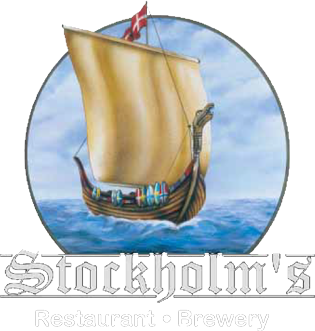See, swirl, sniff, sip, savor
Believe it or not, there are many similarities between wine and beer tasting processes. In fact, both start with your eyes. It may sound odd, but closely observing the libations can give you your first hints about them. Notice the color, is the beer a light straw or a dark amber? Is the merlot a deep, vibrant ruby or a muddy purplish-brown? Also take this time to observe the opacity of the liquid. Is it crystal clear or cloudy? What do these things say to you about what you’re about to taste?
Next, we’re using our noses, as smell is an integral part of the tasting process. And while seasoned professional tasters will be able to make more inferences and connections in this step, it is still of the utmost importance for even the layman. Sticking your nose in the glass may make you feel silly, but it is imperative. Just some of the common beer aromas are sweet, roasted, piney, yeast, earth, and floral. Wines can be all of the above and then some, fruity, peppery, leather, smokey, herbal, etc.
After employing our eyes and nose, it’s time to taste. When tasting still wine (no carbonation), there is technically no need to swallow. Moving the wine around your tongue and palate can suffice. Though the tongue is NOT divided up into “regions” of taste (as we touched on in a previous article), taste receptors are pretty evenly divided across the tongue, the roof of the mouth, and even into the throat. On the other hand, carbonated beverages such as beer and sparkling wine must be swallowed to enjoy the full experience. As you swallow, the carbon dioxide is released as gas and travels up through your nasal passages, providing you with a better overall taste profile. As you taste, try to identify as many unique flavors as you can. Compare and contrast those with the aromas you initially smelled. Are the flavors as expected? Are there any surprises?
In our next article, we’ll compare and contrast wine and beer tasting jargon and go a bit beyond just flavors and smells. In the meantime, swing by Stockholm’s and do some beer or wine tasting of your own! May I suggest our current seasonal, Saison, a refreshing and light farmhouse ale. Or if you prefer wine, try the Peirano Estates Old Vine Zinfandel for a delicious and complex tasting experience. Skoal!

0 Comments